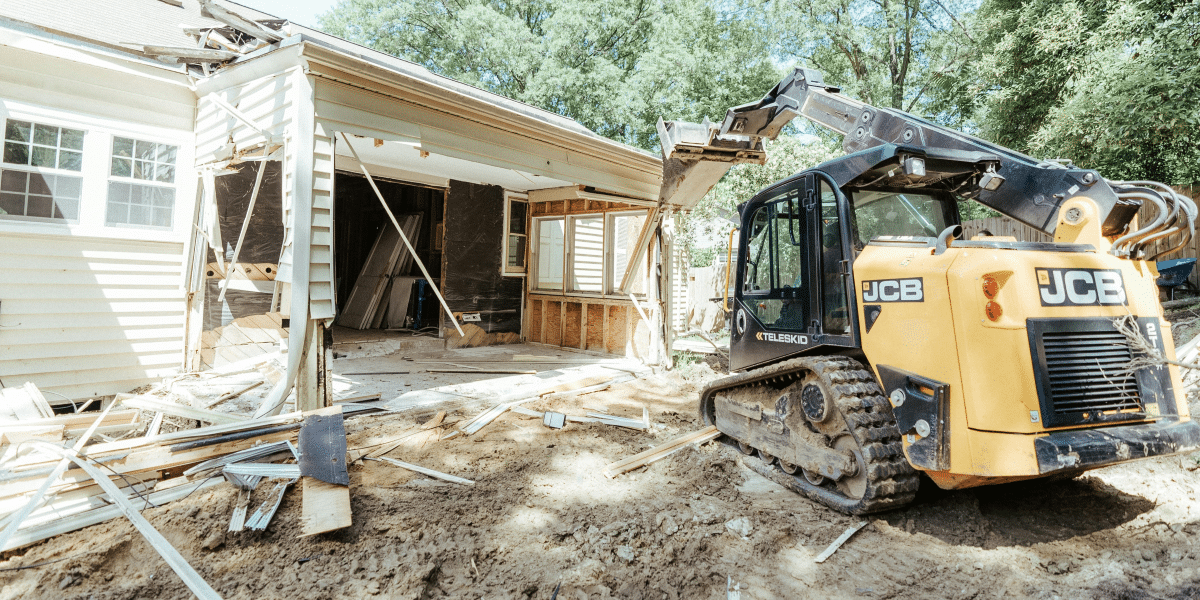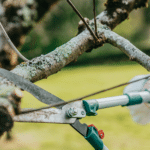The final drive motor is a crucial component to heavy machines, such as bulldozers, skid steers, and excavators. It’s responsible for turning hydraulic power into usable mechanical movement. Given how much wear and tear this component goes through driving the machine’s wheels or track, it might experience issues after some time. You may have to decide between repairing it or replacing it, and by doing your research now, you’ll be well informed to make your opinion when the time comes.
Assess the Issue’s Severity
Common warning signs of final drive motor failure include excessive heat, reduced power, lower efficiency, strange noises, and leaking hydraulic fluid. Worn gaskets or seals might cause leaks, but these are usually repairable if caught early. Whining, clicking, and grinding noises might suggest problems with internal components, including gears and bearings. A machine struggling to move might have issues with the drive, the gear system, or the hydraulic motor. Overheating can happen due to hydraulic issues, insufficient lubrication, or worn components. Diagnosis of all these circumstances can tell you if there’s significant damage already in place or if you catch something early enough to do repairs.
Cost Analysis: Repair vs. Replacement
Cost is a huge consideration when deciding to replace or repair your final drive motor. A cost-benefit analysis is one way to make an educated decision. Simple repairs, such as replacing gears, bearings, or seals, should be much cheaper than a replacement or rebuild. However, repair costs can escalate quickly if too many components are damaged. It can be expensive to buy and install a totally new final drive motor, but it might be worth the peace of mind and warranty that comes with optimal components.
Consider the Age and Condition of the Motor
The overall condition and age of your final drive motor play a substantial role in your decision between repairs or replacement. A motor that already has many years of service and multiple repairs behind it might be getting close to the end of its usefulness. Repairs to the motor might be a case of diminishing returns, as worn components keep failing repeatedly. However, a relatively new drive motor that has yet to suffer significant issues might be a cost-effective candidate for repairs.
Downtime and Operational Efficiency
One final consideration to take into account is how much machine downtime you can put up with. Repairing a final drive motor usually takes less time than a replacement, especially if you can do it on-site. Alternatively, extensive repairs needing specialized parts might extend downtime for days or weeks. Motor replacement might take longer upfront, but you’ll have a long-term solution that minimizes future breakdowns.
Making the Decision
Choosing between replacement or repair for a final drive motor depends on a handful of factors. Minor issues, including worn bearings and leaking seals, might be repaired cost-effectively, but age, high repair costs, and significant internal damage might mean a new motor is the ideal move ahead. Work with a professional to diagnose problems and evaluate your options to make the ideal choice for your budget and equipment.
Published by: Annie P.



















